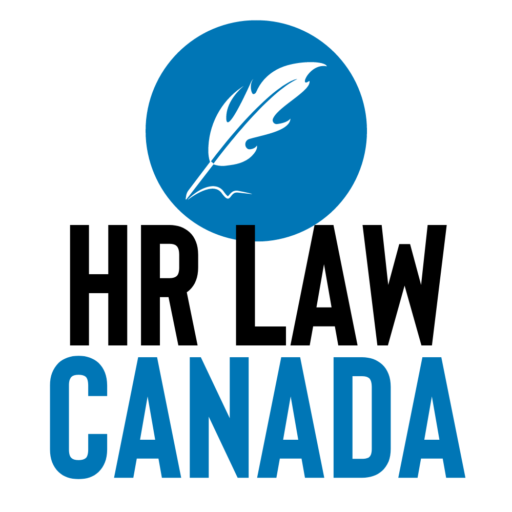The Court of Appeal for British Columbia has ruled that KC’s Environmental Service and one of its employees are 40% liable for injuries sustained in a three-car accident involving a company pickup that resulted in an award of $3.2 million to the victim.
The woman, CH, was injured in the collision as she waited to turn left from a highway onto a side road near Golden, B.C. The other two vehicles involved were travelling behind her in snowy winter conditions.
The other driver admitted liability. But the third driver, DP, who was behind the wheel of the KC’s Environmental Service truck, did not.
What happened
As DP approached the location of the accident, he crossed a crest in the road that revealed CH’s vehicle ahead of him, with both left turn signal and brake lights activated. He was also cognizant of another vehicle close behind him.
DP explained that upon applying his brakes, the anti-lock brake system (ABS) engaged, and he realized he had lost traction. Faced with a split-second decision, he chose to steer around CH’s vehicle on the right, easing off the brake and moving onto the shoulder, all the while continuing to slow down.
The other vehicle struck CH’s car and the force of the collision pushed her vehicle to the right where it struck DP’s truck, which was on the shoulder of the highway. Her car then careened back across the highway and came to rest in a ditch.
CH suffered neck, shoulder and back injuries, as well as daily headaches and post-concussion symptoms which continued to the date of trial. She was in law school at the time of the accident, and although she eventually completed her studies and qualified as a lawyer, has been unable to work full time due to her symptoms.
The trial judge ruled that DP was not attempting to pass CH at the time of the accident but rather was engaged in an evasive action in exigent circumstances. It was more of an “agony of the moment” decision. Therefore, DP was not negligent, it ruled.
CH appealed that ruling.
The appeal
The appeal court looked at sections of the motor vehicle act and the law on what it means to follow another vehicle too closely. It requires drivers to maintain a reasonable and prudent distance, taking into consideration speed, traffic, and road conditions.
It said the standard of care for a following driver on a single-lane highway includes the ability to stop behind a preceding vehicle, even if the stop is sudden or unexpected.
Further, it said the judge failed to consider whether one attempt to brake met the standard of care and neglected the significant distance available to DP to bring his vehicle to a stop. The standard of care expected of a driver includes trying to brake more than once under the given circumstances, it said.
It also shot down the “agony of the moment” argument. It said that principle only applies when a driver is faced with an unanticipated emergency and the trial judge in this case made no such finding.
“Indeed, the judge found that although (DP) had not experienced skidding or sliding before applying his brakes in response to (CH’s) turn signal and taillights, he had previously reduced his speed to account for the snowy and slippery conditions,” it said. “There was nothing unanticipated about a momentary loss of traction in the circumstances.”
Hitting the brakes 300 to 400 metres away and deciding to go around on the shoulder instead of stopping was a breach of the standard of care expected, it said.
Liability
The appeal court then turned its attention to how to spread out the liability between the parties. CH sought to have each driver held 50% responsible. DP and KC’s Environmental Service sought to have the issue remitted to the trial court or determined on the basis that the other driver should bear greater responsibility.
The court settled on a 60/40 split — with 60% to the other driver who admitted liability and 40% going to DP/KC’s Environmental Service. The damages assessed at trial were:
- Non-pecuniary damages: $160,000
- Past loss of earning capacity: $11,800
- Loss of future earning capacity: $3 million
- Cost of future care: $22,000
- Loss of housekeeping capacity: $15,000
- Special damages: $8,920.
For more information, see Helgason v. Rondeau, 2023 BCCA 339 (CanLII)




